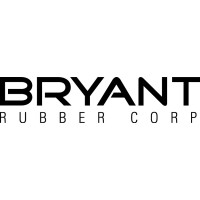
Annexair
Annexair is a privately held North American company focused exclusively on designing and manufacturing high-quality, energy-efficient air handling systems. The majority of our product lines incorporate a variety of advanced energy recovery technologies which are designed for commercial, institutional and industrial applications. Relying on our team of creative and qualified employees who are involved in everything from the design to the manufacturing of our products, Annexair continually strives to exceed customer expectations in terms of quality and performance of the units. We are continuously striving to be an industry-leading green contributor by offering energy saving solutions that reflect the LEED philosophy. Founded in the late 90’s, Annexair was able to stand out as a North-American company and became today an important player in the HVAC industry.






